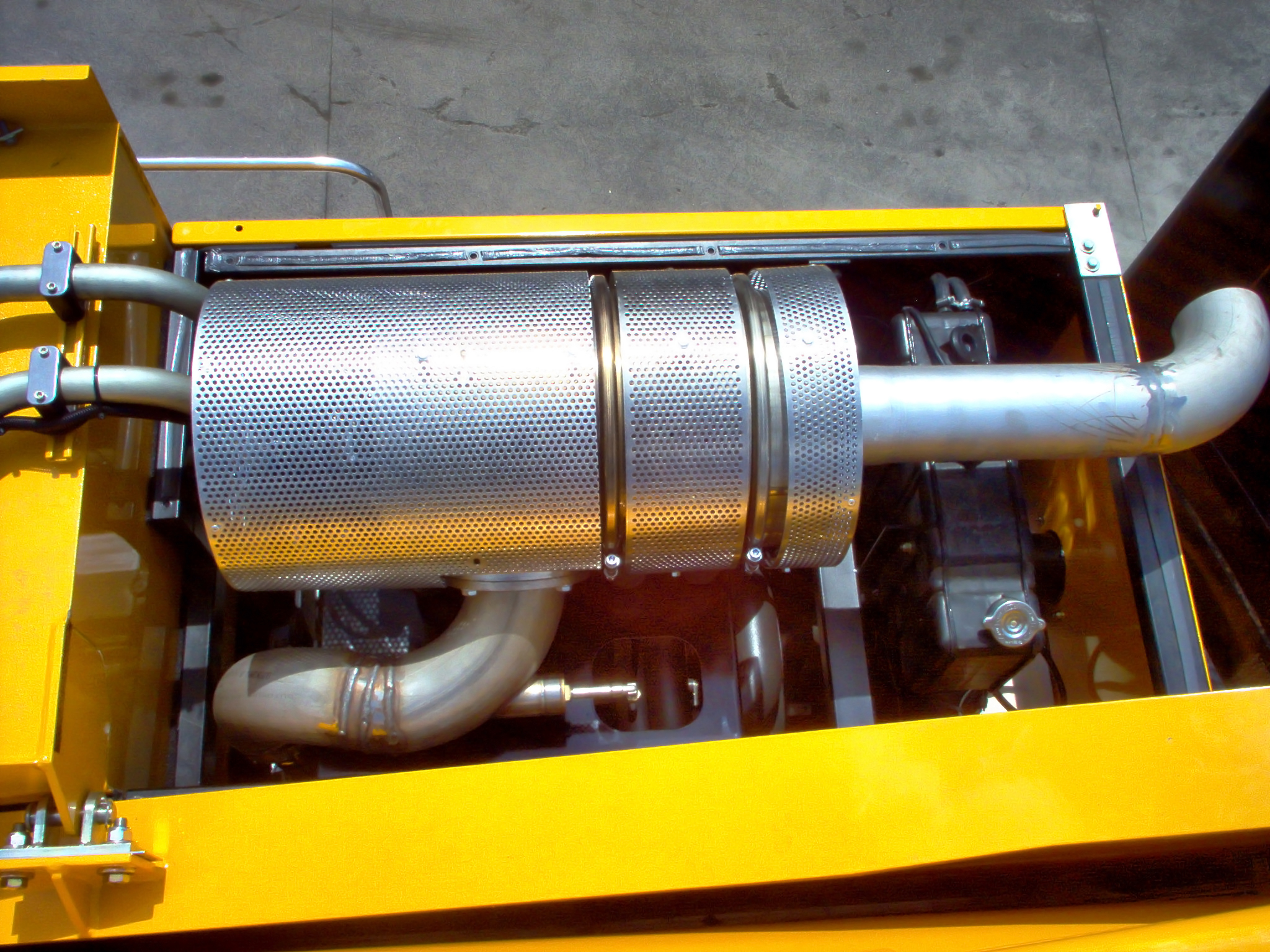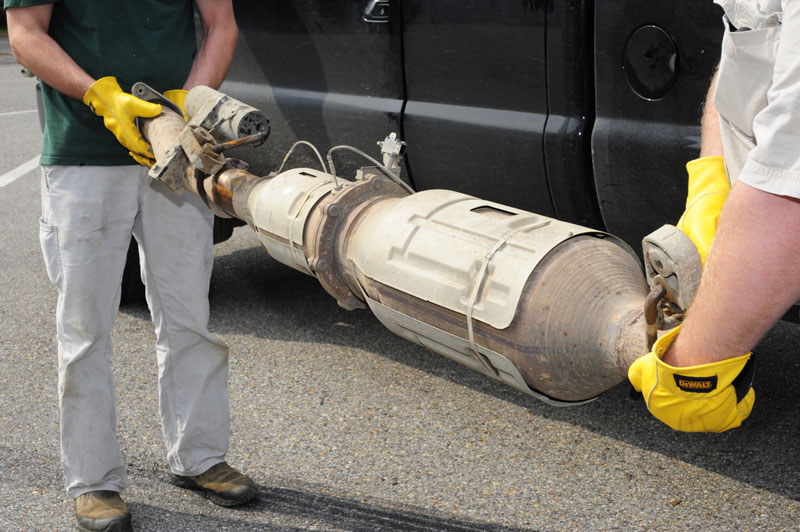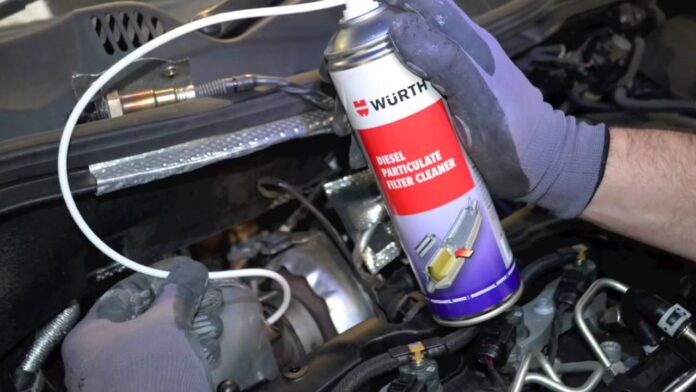Introduction
An essential part of contemporary diesel engines, the Diesel Particulate Filter (DPF) stores exhaust soot in an effort to lower emissions. It is important to do DPF cleaning regularly to keep it clogged-free and in line with environmental rules so that the vehicle may continue to run optimally. However, you may damage the filter or have inefficient cleaning results if you make a few typical blunders while cleaning the DPF. When having a DPF cleaned, be sure to avoid these common pitfalls.
Common Mistakes to Avoid During DPF Cleaning Service
Using Wrong Cleaning Procedures
One of the most typical errors is the use of cleaning techniques that are not appropriate for DPFs. When it comes to cleaning DPFs, not all techniques are appropriate. For instance, the fragile filter material might be damaged by high-pressure water jets, and it can corrode or degenerate if you use strong chemicals. Using regulated air flow and heat, ultrasonic cleaning, or thermal regeneration are the three most effective ways to clean DPFs. These procedures are specifically designed byDPF cleaning Birmingham to remove soot and ash from filters in a safe and effective manner.
Improper Inspections and Diagnosis
Before cleaning, the DPF must be fully inspected. Because of this, many technicians bypass it and clean instead, leaving items unchecked or incomplete. By checking the DPF cleaning, professionals can determine how clogged it is, whether the filter is damaged, and if it can be cleaned. This phase is crucial for customizing the cleaning method to the DPF’s state and addressing any underlying problems.
Failing to Remove the DPF for Cleaning
Trying to clean the DPF without taking it off the car is another typical error. Because they don’t allow for a complete cleaning of the whole filter, in-situ cleaning procedures are often ineffective. Technicians may clean the car more thoroughly, removing all soot and ash, after removing the DPF. Furthermore, when the DPF is removed, it becomes much easier to examine and diagnose any problems that may not be apparent with the filter in place.
Ignoring Manufacturer Guidelines and Specifications
The manufacturer’s requirements and standards inform the design of each DPF cleaning. You risk damaging the filter or not getting it clean enough if you don’t follow these instructions. When cleaning, be sure to adhere to the manufacturer’s suggested techniques, intervals, and procedures. To illustrate the point, thermal regeneration of some DPFs may need the use of certain cleaning chemicals or temperatures. The efficacy and durability of the DPF are guaranteed by following these instructions.

Neglecting to Acquire Expert Tools
For DPF cleaning to be done properly, you need tools made specifically for DPFs. Cleaning a DPF using regular workshop gear or do-it-yourself techniques is not only futile, but might also cause damage. To provide a complete and safe cleaning, professional DPF cleaning equipment include temperature control, regulated air flow, and cleaning cycles. To clean the DPF thoroughly and safely, it is best to use or invest in professional-grade equipment.
Not Addressing the Root Cause of Clogging
DPF cleaning is just a stopgap measure if the real problem is that it does nothing to remove the buildup of debris in the engine. Short driving cycles that do not allow for appropriate regeneration, improper engine oil, poor fuel quality, and engine difficulties that promote soot output are common reasons for DPF obstruction. In order to avoid DPF difficulties in the future, it is crucial to identify and fix these flaws. To reduce the likelihood of clogging, it is important to do routine maintenance, use the recommended fuel and lubricant, and keep the vehicle in an environment that allows for adequate DPF regeneration.
Not Validating or Testing After Cleaning
To make sure the DPF is working properly after cleaning, post-cleaning testing and validation are essential. Because many mechanics skip this part, problems with the vehicle’s performance and emissions go unnoticed. After DPF cleaning, it is possible to verify if it is clear of obstructions by conducting tests like pressure drop and flow testing. Verifying the cleaning process’s efficacy and ensuring the DPF performs properly are both dependent on this phase.

Conclusion
In order to keep the car running well, lower emissions, and stay in accordance with environmental rules, it is vital to do DPF cleaning properly. Technicians can guarantee a complete and effective cleaning by avoiding typical pitfalls like improper cleaning methods, inspection neglect, DPF removal omission, manufacturer guidelines disregarded, professional equipment unnecessary, failure to address clogging’s source, and post-cleaning testing skipped. The DPF’s lifetime, along with the vehicle’s efficiency and emissions performance, may be maintained by following best practices and making use of the right equipment and procedures.
Visit Diginfo for more!



